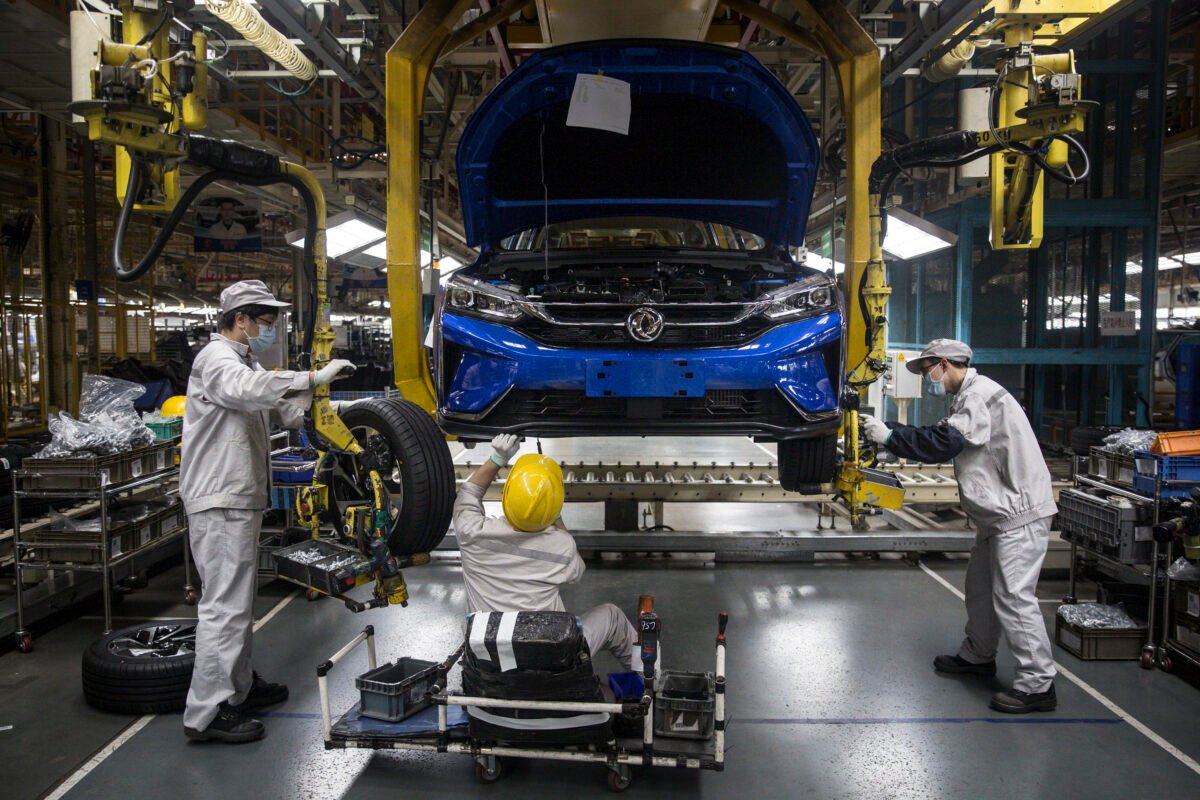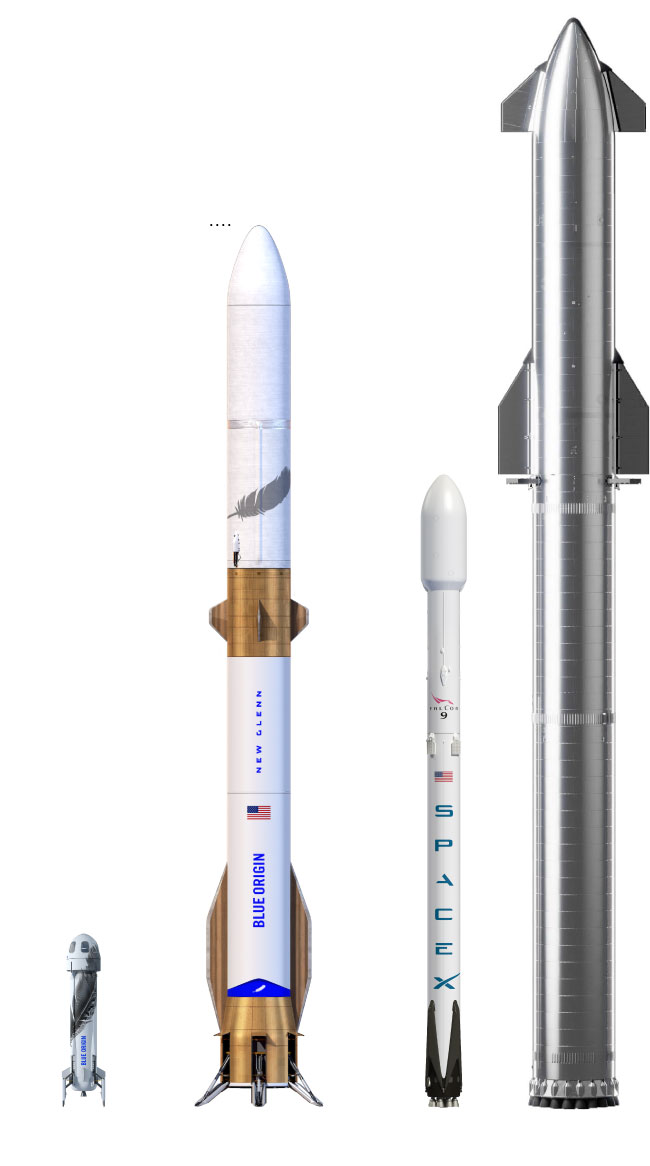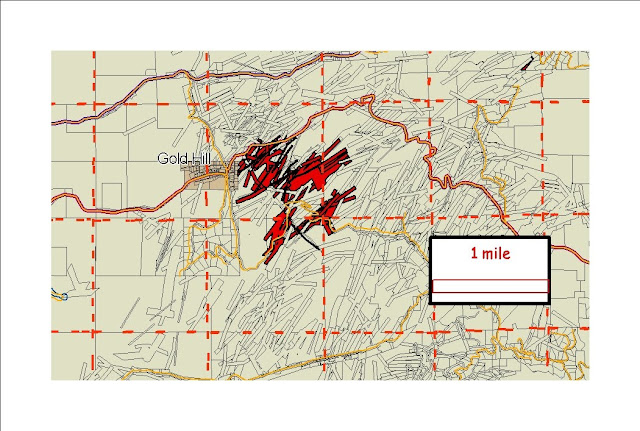Will Chinese Cars Dominate The Global Market?

Table of Contents
- The Rise of Chinese Automakers: Competitive Pricing and Expanding Market Share
- Aggressive Pricing Strategies
- Government Support and Subsidies
- Focus on Emerging Markets
- Technological Advancements and Innovation in Chinese Car Manufacturing
- Electric Vehicles (EVs) and New Energy Vehicles (NEVs)
- Autonomous Driving and Advanced Driver-Assistance Systems (ADAS)
- Connectivity and Smart Car Features
- Challenges and Obstacles for Chinese Car Brands in the Global Market
- Brand Perception and Consumer Trust
- Supply Chain Disruptions and Geopolitical Factors
- Meeting Stringent Global Safety and Emissions Standards
- Conclusion
The Rise of Chinese Automakers: Competitive Pricing and Expanding Market Share
The success of Chinese automakers isn't accidental; it's a strategic combination of aggressive pricing, government support, and a keen focus on emerging markets.
Aggressive Pricing Strategies
Chinese car brands are disrupting the market with significantly lower prices than established Western competitors. This aggressive pricing strategy targets cost-conscious consumers worldwide, particularly in developing nations.
- Examples: Brands like MG, Haval, and BYD offer feature-rich vehicles at prices considerably lower than comparable models from European or American manufacturers.
- Market Share Growth: Data shows a significant increase in market share for Chinese brands in several key regions, highlighting the effectiveness of their pricing strategy. This growth is particularly pronounced in markets sensitive to price fluctuations.
- Comparison with Competitors: A direct comparison of specifications and pricing reveals the competitive advantage held by many Chinese automakers.
Government Support and Subsidies
The Chinese government has actively fostered the growth of its automotive industry through substantial financial support and policy initiatives.
- Specific Government Programs: Subsidies for electric vehicle (EV) production and purchase, investment in research and development (R&D) for new technologies, and export incentives have all played crucial roles.
- Impact on Research and Development: Government funding has fueled rapid advancements in battery technology, autonomous driving systems, and other key automotive technologies.
- Export Incentives: Targeted export incentives and trade agreements have further facilitated the entry of Chinese brands into international markets.
Focus on Emerging Markets
Chinese automakers are strategically targeting emerging markets, capitalizing on high-growth potential and less saturated competition.
- Examples: Southeast Asia, South America, and parts of Africa are witnessing a significant influx of Chinese vehicles.
- Reasons for Success: These markets often have a greater demand for affordable vehicles, presenting a perfect opportunity for Chinese automakers to establish a strong foothold. Tailored models to suit local preferences also contribute significantly.
Technological Advancements and Innovation in Chinese Car Manufacturing
Beyond competitive pricing, Chinese automakers are making significant strides in automotive technology, challenging established players.
Electric Vehicles (EVs) and New Energy Vehicles (NEVs)
China is a global leader in electric vehicle (EV) and New Energy Vehicle (NEV) production and sales.
- Statistics: China's EV production and sales figures consistently outpace those of other major automotive markets.
- Innovative Battery Technology: Chinese companies are at the forefront of developing advanced battery technologies, including solid-state batteries, improving range and charging times.
- Government Support for EV Infrastructure: Massive investment in charging stations and other supporting infrastructure is accelerating EV adoption within China and impacting global strategies.
Autonomous Driving and Advanced Driver-Assistance Systems (ADAS)
Chinese companies are actively investing in and developing autonomous driving technology.
- Examples: Companies like Baidu and others are making significant headway in autonomous driving technologies, integrating AI and advanced sensor systems.
- Collaboration with International Tech Firms: Partnerships with international technology firms are accelerating innovation and bringing advanced capabilities to the market faster.
- Challenges and Opportunities: While challenges remain in terms of regulatory approval and public perception, the potential for market disruption is significant.
Connectivity and Smart Car Features
Chinese vehicles are increasingly incorporating advanced connectivity features and smart technologies.
- Examples: Many Chinese brands offer sophisticated infotainment systems, over-the-air updates, and integrated mobile applications.
- Comparison with Competitors: In some areas, Chinese manufacturers are exceeding the capabilities offered by established brands at comparable price points.
- Consumer Preferences: The growing demand for connected and smart car features is further driving innovation in this sector.
Challenges and Obstacles for Chinese Car Brands in the Global Market
Despite their rapid growth, Chinese car brands still face several challenges in the global market.
Brand Perception and Consumer Trust
Overcoming negative perceptions associated with "made in China" products and building global brand recognition remains a key hurdle.
- Strategies to Improve Brand Image: Investing in marketing campaigns that highlight quality, technology, and design is crucial.
- Focus on Quality Control and Reliability: Maintaining consistent high quality and building a strong reputation for reliability are essential for long-term success.
Supply Chain Disruptions and Geopolitical Factors
Global supply chain disruptions and geopolitical tensions pose potential risks to the growth of Chinese car exports.
- Potential Disruptions to Supply Chains: Dependence on specific suppliers or components can create vulnerabilities.
- Impact of Trade Wars and Sanctions: Trade disputes and sanctions can significantly impact exports.
- Risk Mitigation Strategies: Diversification of suppliers, strategic partnerships, and proactive risk management are necessary to mitigate these risks.
Meeting Stringent Global Safety and Emissions Standards
Compliance with varying international safety and emission regulations is another significant challenge.
- Examples of Specific Regulations: Meeting Euro standards in Europe or the stricter CAFE standards in the US requires substantial investment and adaptation.
- Adaptation Strategies: Adapting designs and technologies to meet specific market regulations requires considerable effort.
- Investment in R&D to Meet Standards: Ongoing investment in R&D is vital to ensuring compliance with ever-evolving global regulations.
Conclusion
The question of whether Chinese cars will dominate the global market is complex. While their rapid growth, competitive pricing, and technological advancements offer significant potential, challenges remain in terms of brand perception, supply chain stability, and navigating international regulations. However, the current trajectory suggests a powerful and sustained presence in the automotive sector. Further research into the evolving market dynamics, government policies, and technological advancements is crucial to understanding the ultimate impact of Chinese car manufacturers on the global automotive landscape. To stay informed on the future of this rapidly changing industry, continue to research the latest developments in Chinese car manufacturing and global automotive trends.

 Is Gavin Newsoms Political Strategy Backfiring
Is Gavin Newsoms Political Strategy Backfiring
 Deion Sanders Shedeur Sanders Draft Stock Espn Analysts Insight
Deion Sanders Shedeur Sanders Draft Stock Espn Analysts Insight
 Shedeur Sanders A Perfect Fit For The New York Giants
Shedeur Sanders A Perfect Fit For The New York Giants
 Examining The Truthfulness Of Gavin Newsoms Claims
Examining The Truthfulness Of Gavin Newsoms Claims
 Blue Origin Rocket Launch Cancelled Subsystem Issue Investigation Underway
Blue Origin Rocket Launch Cancelled Subsystem Issue Investigation Underway
 De Nederlandse Defensie Industrie Een Toekomst Van Groei En Innovatie
De Nederlandse Defensie Industrie Een Toekomst Van Groei En Innovatie
 Groeiende Ondersteuning Voor Uitbreiding Van De Nederlandse Defensie Industrie
Groeiende Ondersteuning Voor Uitbreiding Van De Nederlandse Defensie Industrie
 Expansie Nederlandse Defensie Industrie Meer Steun Meer Veiligheid
Expansie Nederlandse Defensie Industrie Meer Steun Meer Veiligheid
 Toenemende Internationale Spanningen Stimuleren Groei Nederlandse Defensie Industrie
Toenemende Internationale Spanningen Stimuleren Groei Nederlandse Defensie Industrie
 A Historical Journey Mining On Boulder Countys Switzerland Trail
A Historical Journey Mining On Boulder Countys Switzerland Trail
